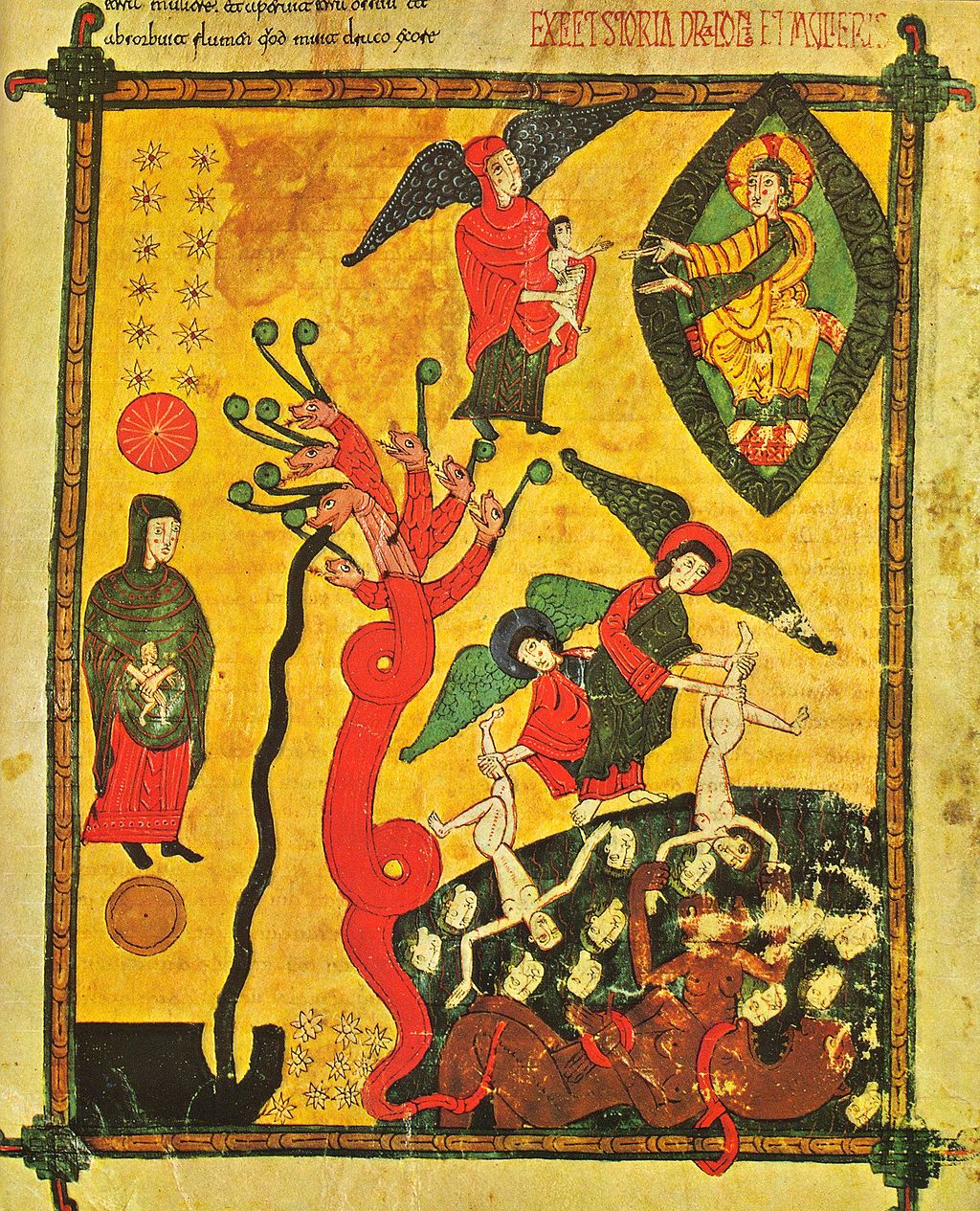Or was there something more menacing in the Garden of Eden?
Lenten Campaign 2025
This content is free of charge, as are all our articles.
Support us with a donation that is tax-deductible and enable us to continue to reach millions of readers.
We have all seen the paintings. Adam and Eve, naked in the Garden of Eden, conversing with a tiny little snake. The scene is almost comical and the depiction of Satan does not appear to be threatening at all.
Which is interesting, because Adam is silent the entire time the serpent is talking to Eve. He doesn’t utter a sound and just stands there, afraid to interrupt the vile creature.
Is the tiny snake in the Garden an accurate picture? Or was there something more frightening that stopped Adam in his tracks?
The passage under examination is typically translated into English as such: “Now the serpent was more subtle than any other wild creature that the Lord God had made” (Genesis 3:1 RSV-CE).
The Latin Vulgate uses the word serpens (serpent/snake), while the Greek uses ὄφις (serpent/snake). What’s interesting is how the ancient Hebrew text uses a word that is much different in meaning.
In Hebrew we see the word נָחָשׁ (nahash), and according to the St. Paul Center for Biblical Theology, “Throughout the Old Testament nahash is used to refer to powerful, even gigantic, evil creatures. Isaiah calls the nahash a sea dragon, the great Leviathan (see Isaiah 27:1). Job also uses nahash to depict terrible sea monsters (see Job 26:13).”
Additionally, in the New Testament St. John explains how, “the great dragon was thrown down, that ancient serpent, who is called the Devil and Satan” (Revelation 12:9). In this passage St. John equates a dragon (δράκων) to the serpent (ὄφις) of the Garden. This association appears to confirm the original Hebrew and makes the “snake” much more fearsome.
In Greek mythology dragons were slithering creatures of great size. While similar to a snake, they were shown much larger in size and terrible in appearance.

However, almost all early depictions of this scene in Genesis isolate the passage from the rest of the Bible and focus on a more common snake that is entwined around a tree.

What’s inaccurate about this traditional portrayal is that later on in Genesis, after the Fall of Adam and Eve, God curses the serpent and says, “upon your belly you shall go” (Genesis 3:14). This appears to imply that prior to the Fall the serpent had legs; that sounds much more like a dragon than an ordinary snake.
For a more accurate picture of the “serpent” in the Garden, one should look to illustrations of the dragon mentioned in Revelation. In some cases it is similar, while in others, much more menacing.


In any case, the original text of Genesis, matched with the association made in Revelation, provides an intriguing picture of the serpent in the Garden of Eden.
While it may help explain Adam’s terrorized silence, it probably speaks even more loudly of Eve’s courage in the face of such a creature, even if she ultimately succumbs to the deceiver’s temptation.











